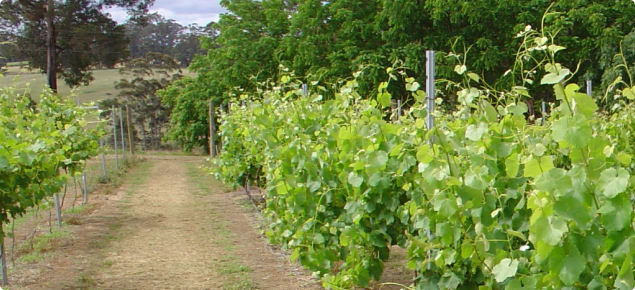Defining alternative varieties
DPIRD has been researching emerging varieties in terms of field performance, wine quality, consumer response and opportunities and barriers. This page serves to complement Alternative wine grape evaluation in Western Australia bulletin, which provides background on 18 alternative varieties grown in Manjimup and details field performance and wine quality over a number of seasons plus a summary of evaluations conducted at a trial site at the WA College of Agriculture - Harvey.
The Australian Alternative Varieties Wine Show defines an alternative / emerging variety through exclusion of major varieties. That is, emerging varieties are any variety other than Muscat Gordo, Pinot Gris/Grigio (included in 2010), Chardonnay, Semillon, Sauvignon Blanc, Cabernet Sauvignon, the Cabernet family generally, Pinot Noir, Merlot, Shiraz, Chenin Blanc, Riesling, Colombard, Grenache and Verdelho.
Excluding these varieties from the 2013 national crush data, emerging varieties accounted for 15% of the national production of that year.
In The Australian and New Zealand Wine Industry Directory (2018), 155 varieties were listed by producers for straight or blended wines that fall into the emerging variety category.
Emerging varieties have a place in the Australian wine industry as they are seen as an alternative to mainstream varietals thus enabling producers to offer consumers something different in terms of aromas, flavours, texture and style. They also offer diversity to wine portfolios, access to niche markets and adaption to a changing climate.
An emerging variety forum hosted by DPIRD was conducted to explore trends, opportunities and barriers concerning alternative varieties in the Australian market place. This forum included gatekeepers crucial to the success and adoption of emerging varieties in the marketplace such as vignerons, winemakers, distributors, sales representatives, retailers, sommeliers and restaurateurs. The following information has been collated from that forum.


